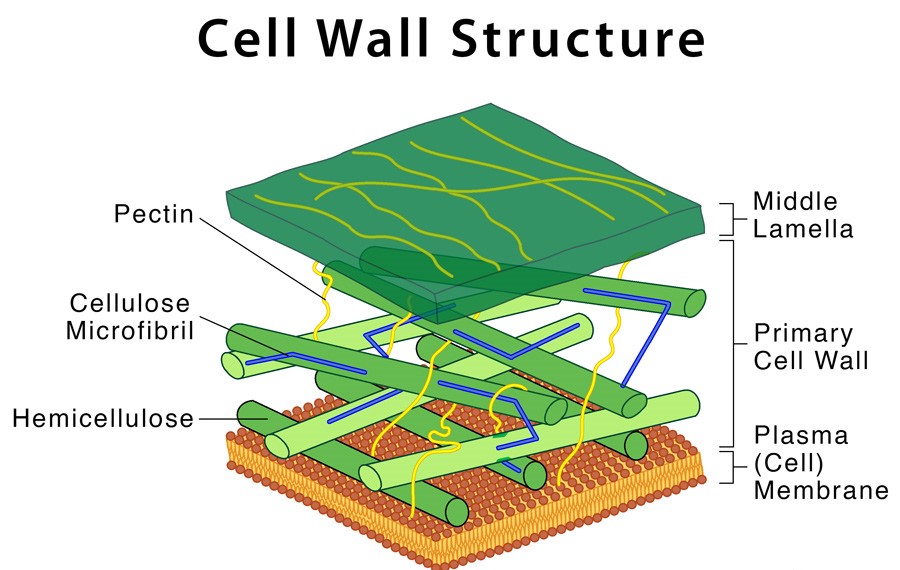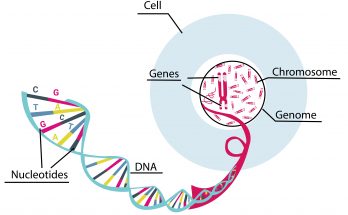Cell Wall– Definition
A cell wall is defined as the non-living component of a cell. A cell wall is a rigid, semi-permeable outermost protective layer outside the cell membrane (plasma membrane) of some cells.
Cell wall provides protection, rigidity, structure, and support to the cell. It is present in cells of plants, fungi, protists, (particularly molds and algae), and most bacteria. Animal cells lack a cell wall.
Cell Wall –Location
The cell wall is located next to the cell membrane (plasma membrane) that encloses the cell. It acts as a barrier that surrounds the cell and provides protection and controls transport inside and outside of the cell. It is present in cell walls of plants, fungi, protists, (particularly molds and algae), and most bacteria. The cell wall is also found in the exoskeleton of the arthropods.
Also Check – Structure of Cell wall
Cell Wall Components
The composition of the cell wall changes according to the organism and it is porous by nature. Cell walls isolate the internal elements from the outside environment.
Cell wall composition varies depending on the organism.

Cell Wall – Significance
- It serves as a barrier between the interior and exterior environment of a cell.
- It is responsible for the movement of substances between and across the cell.
- It also provides definite shape, size, rigidity, protection against mechanical damage and infection to the cell.
- It protects the cell from internal turgor pressure.
- Not only does it provide protection but it also serves as a storehouse for carbohydrates which are used in plant growth, especially in seeds.
- It helps in cell-cell interaction.
- It acts as a filtering mechanism and also prevents water loss
- Cell wall forms a framework for the cell to prevent over expansion.
- Cell wall controls the direction of cell growth
Important Functions of Cell Wall
- Cell wall is found in plant and fungal cells. It permits the cells of plants, fungi and bacteria to withstand hypotonic condition without bursting .
- In hypotonic media, the cells tend to take up water by osmosis. The cell swells up, building up pressure against the cell wall. The wall exerts an equal pressure against the swollen cell.
- Cell walls help the plant cell to tolerate greater changes in the surrounding medium.
- Cell wall is absent in animal cells.
- Cell wall has narrow pores called pits. Through them fine strands of cytoplasm called plasmodesmata are able to cross the cell walls.
- Plant cells interact with each other through their cytoplasmic channels.
Also Check -12 Important Cell Wall Function
Also Check – What is the Cell wall made up of?
Also Check – 11 Difference between Cell Wall and Cell Membrane (Plasma Membrane)
Also Check – 3 Layers of Cell Wall
Also Check – Parts of Plant Cell – Location , Structure and Functions




5 Comments on “Cell Wall – Structure , Composition , Location , Significance and Functions”